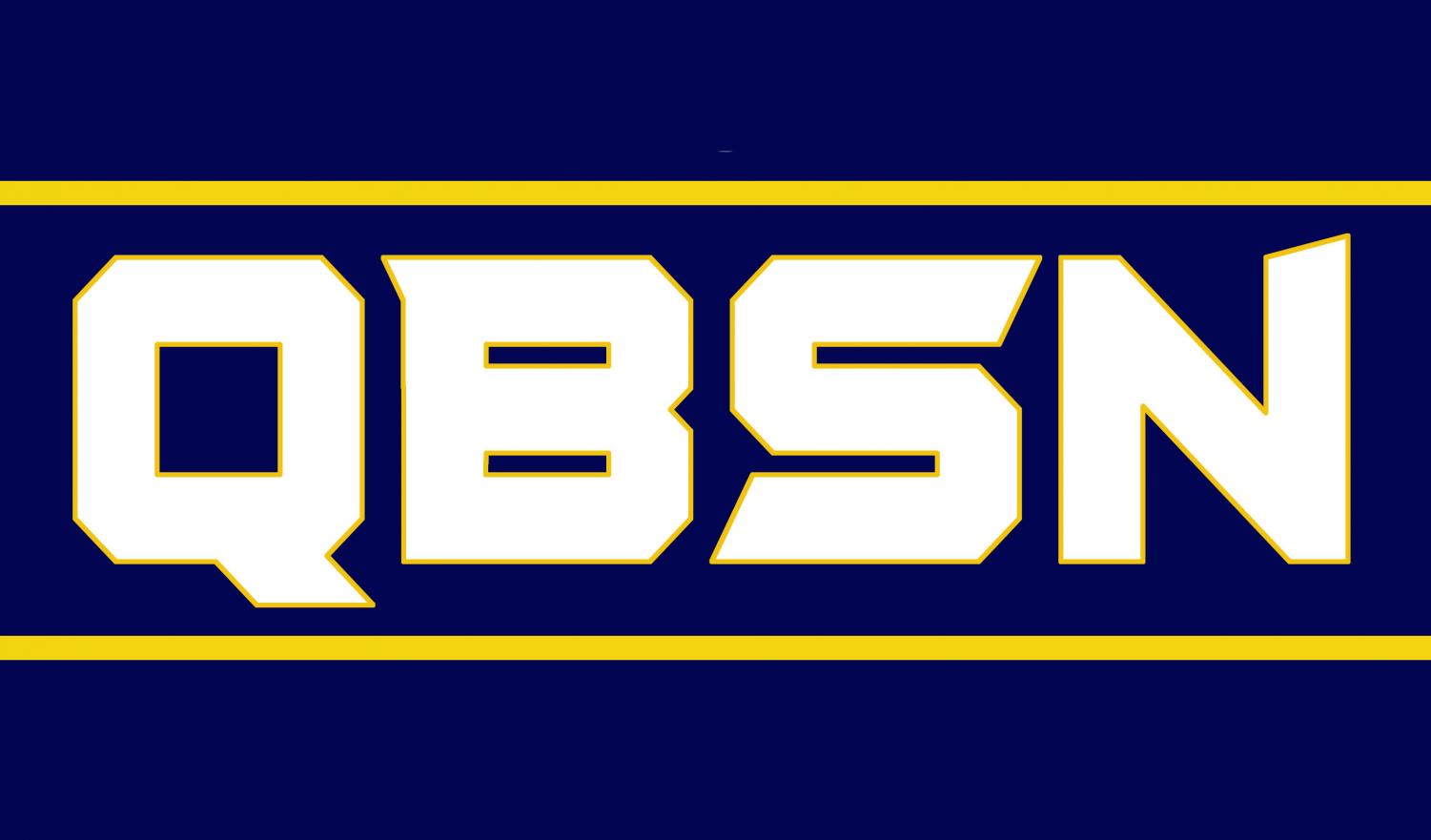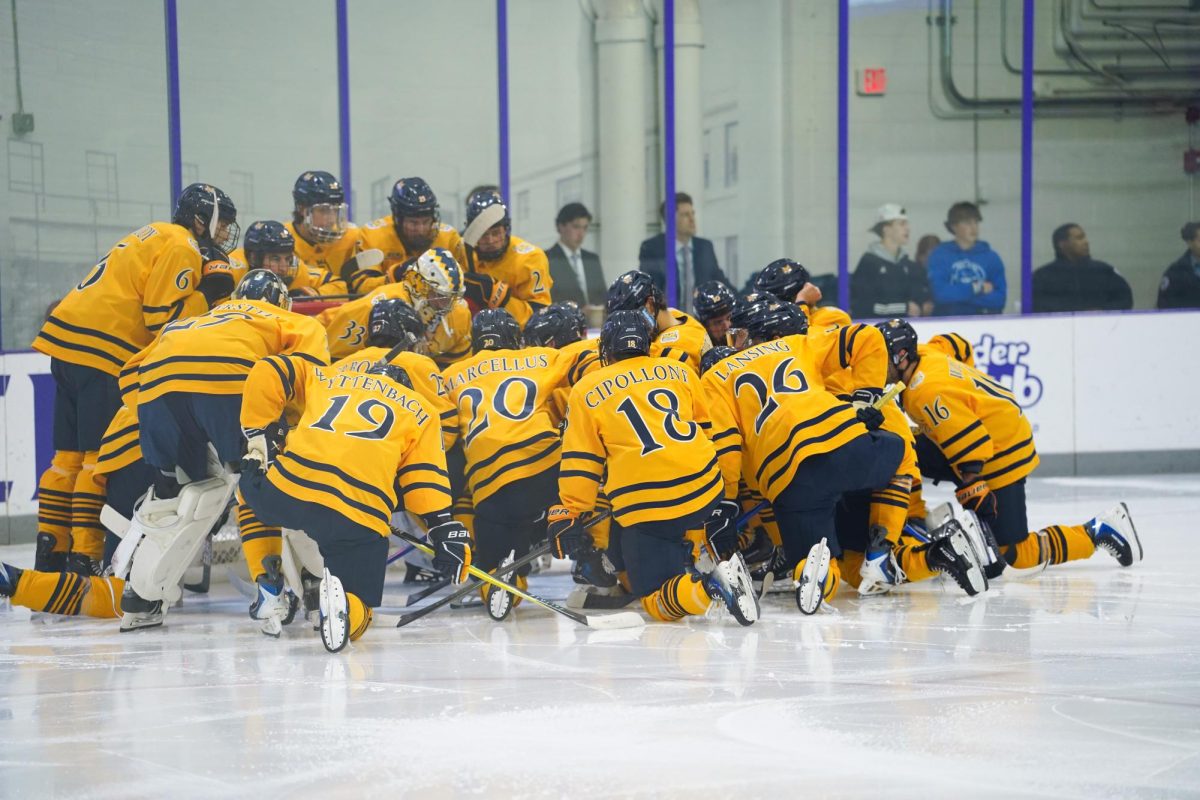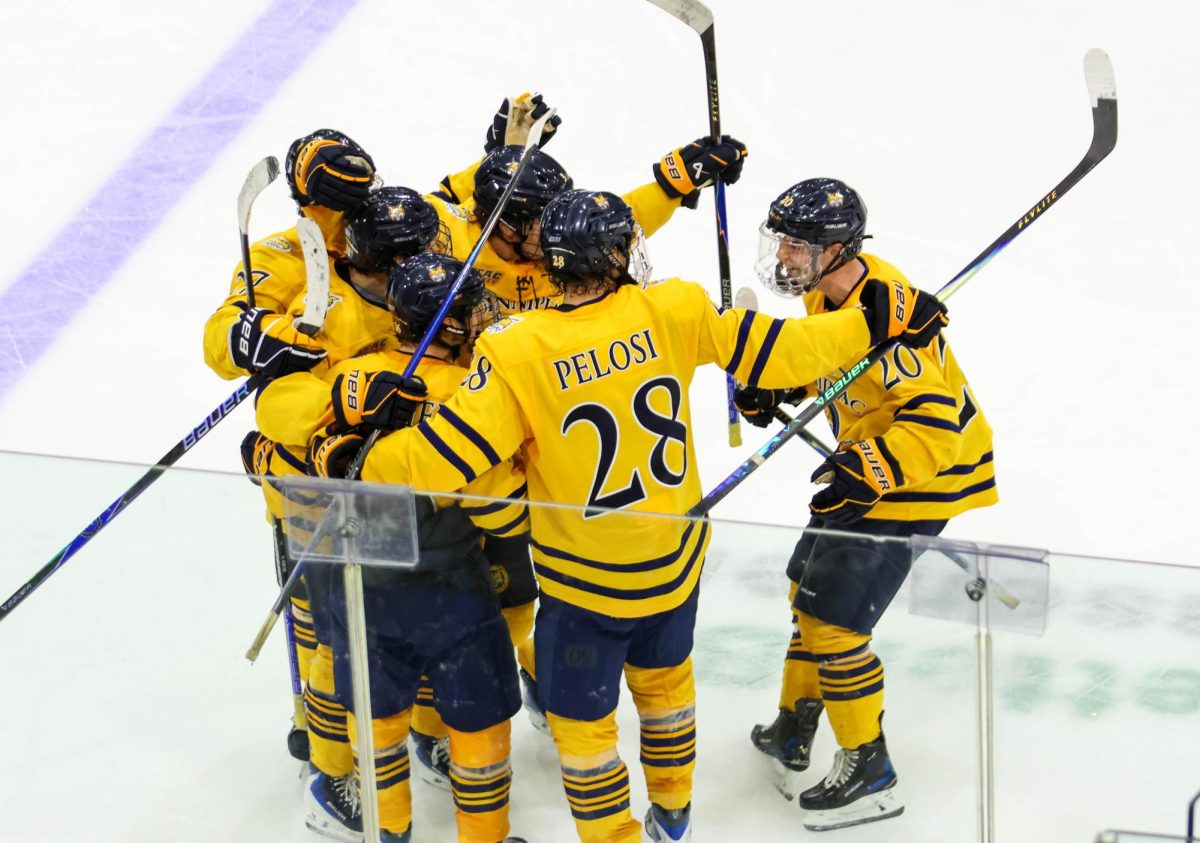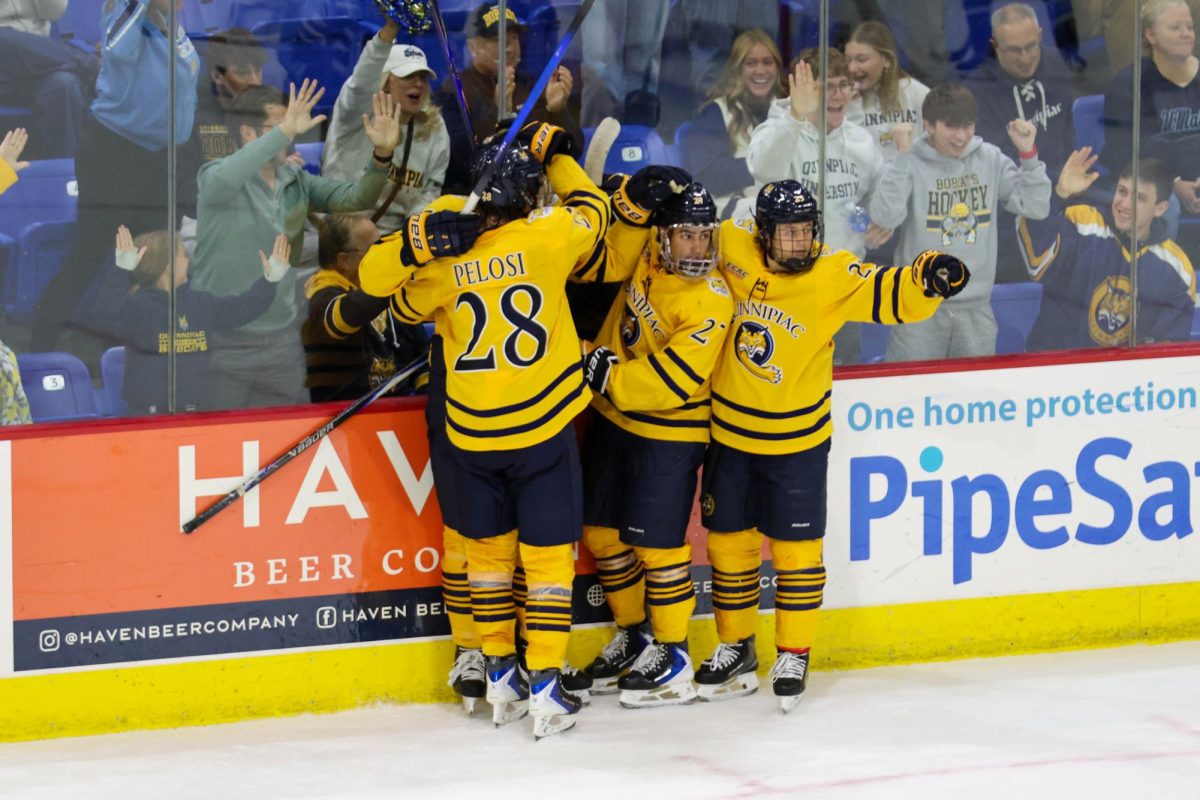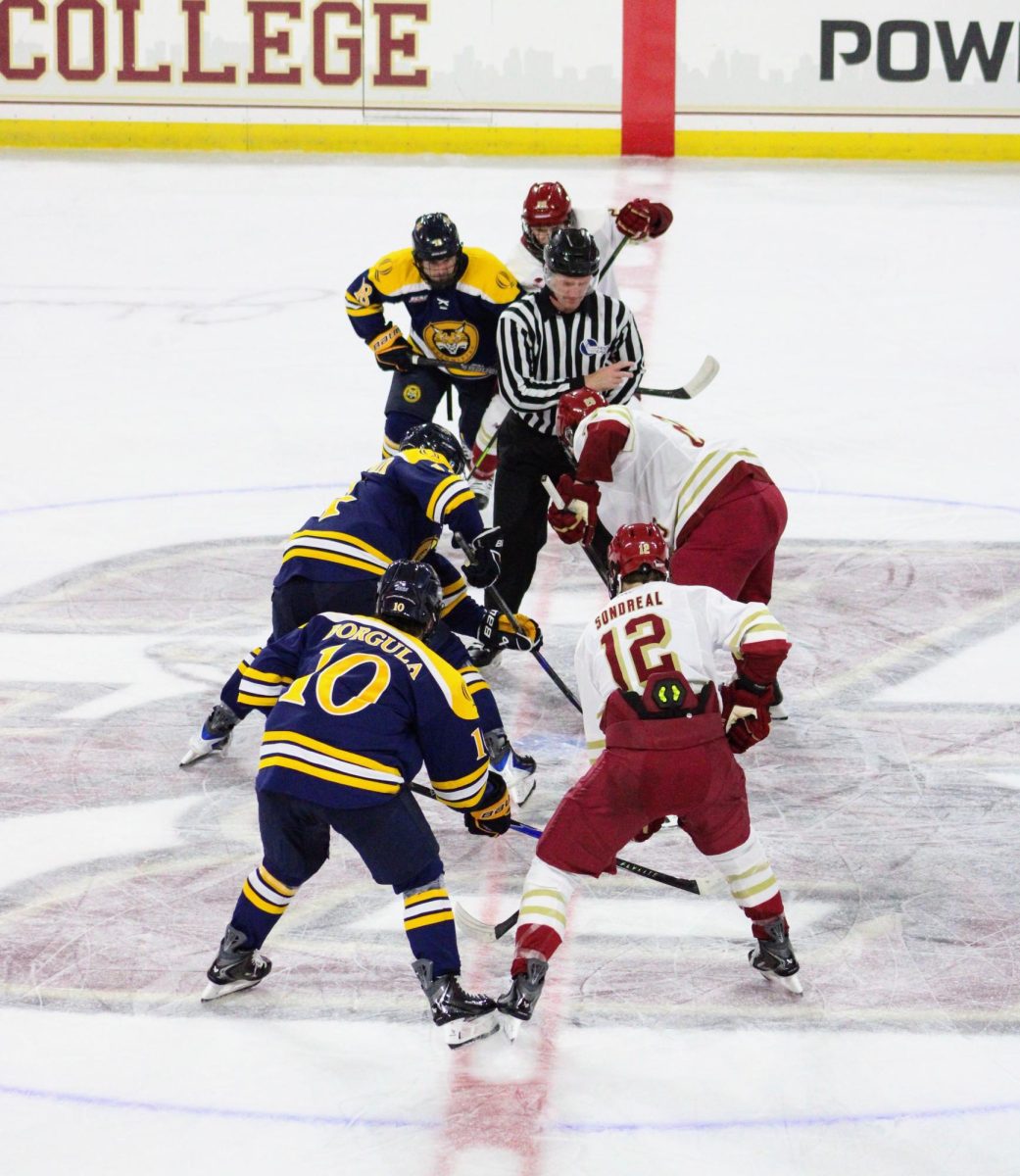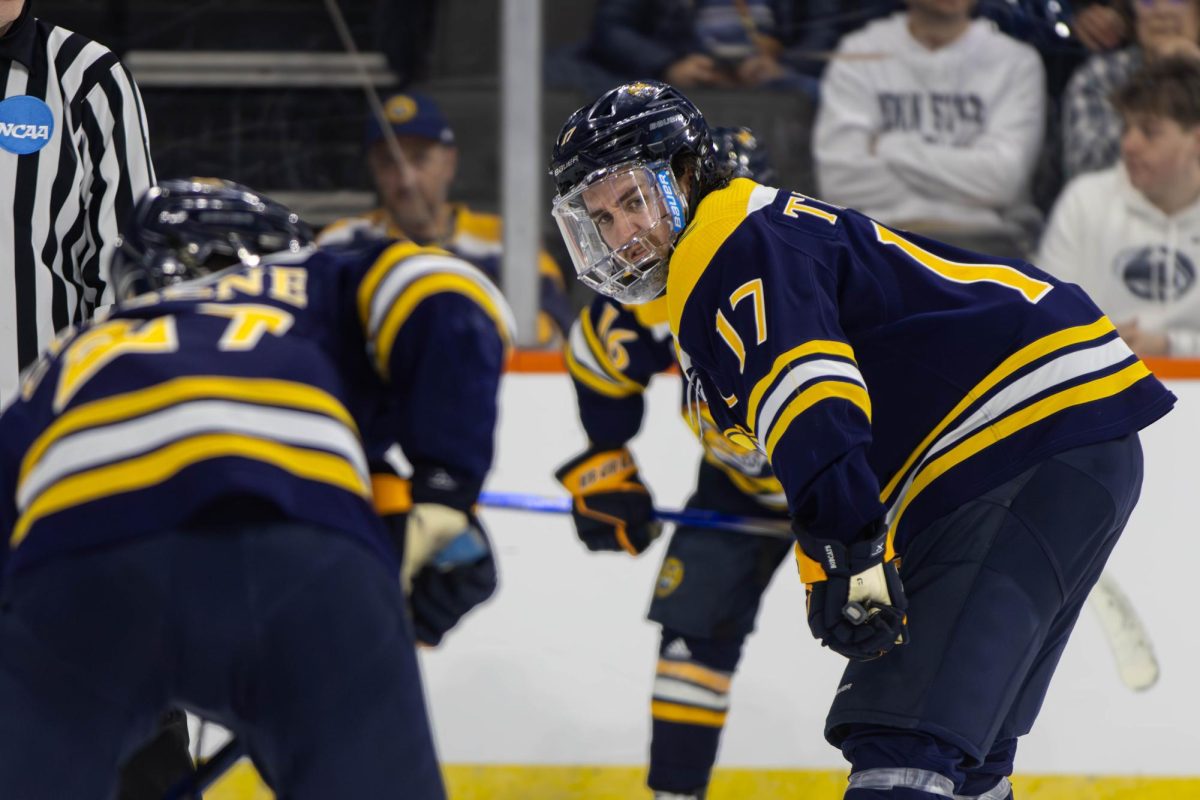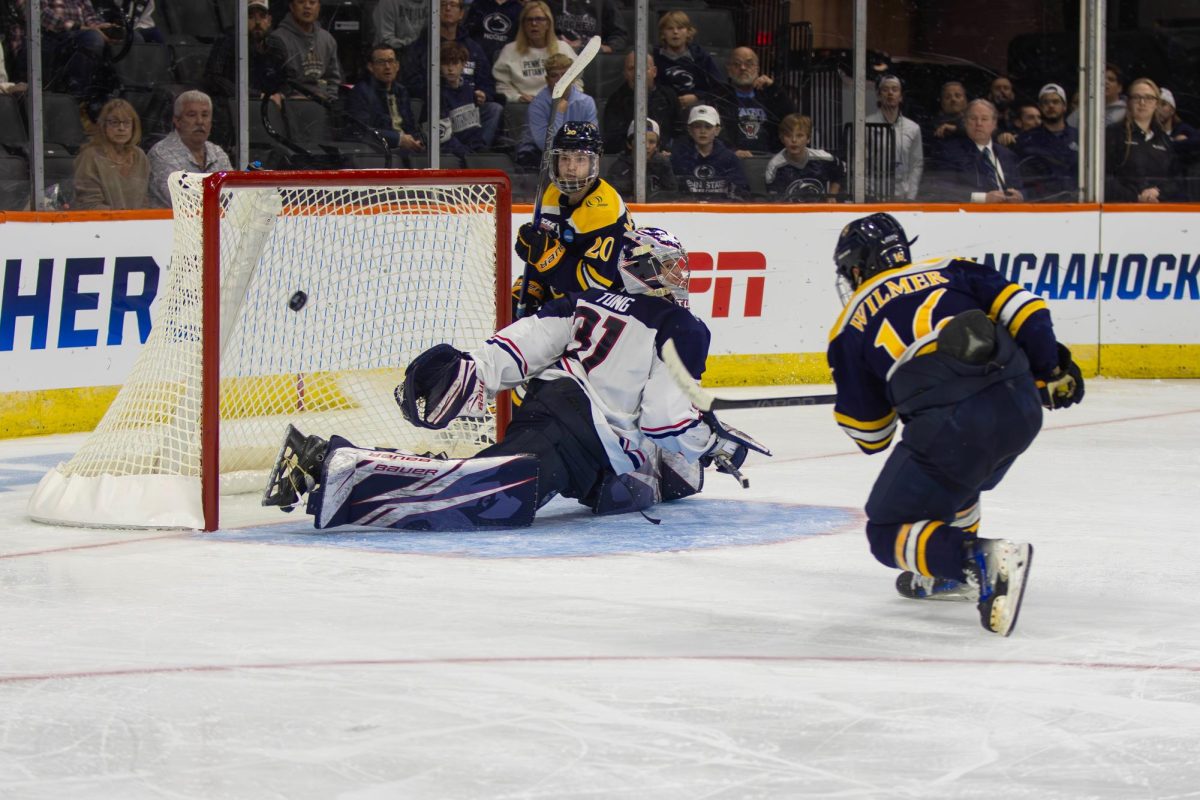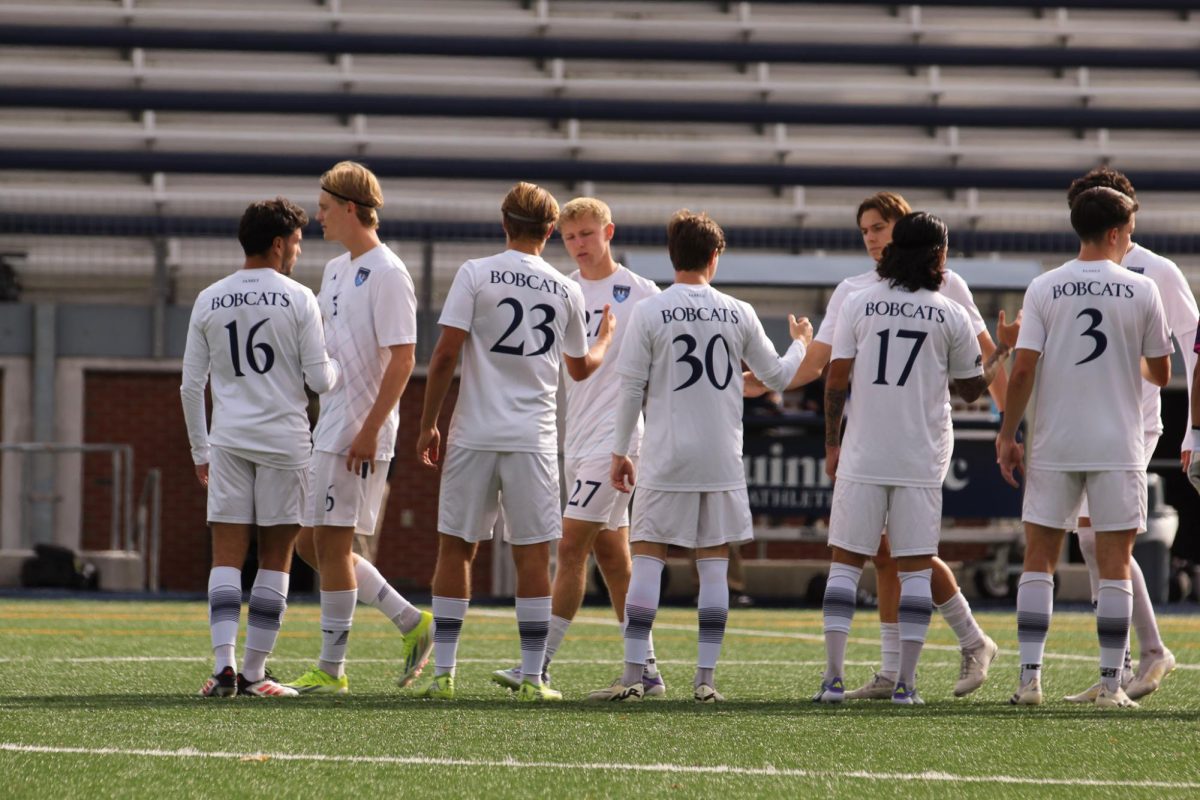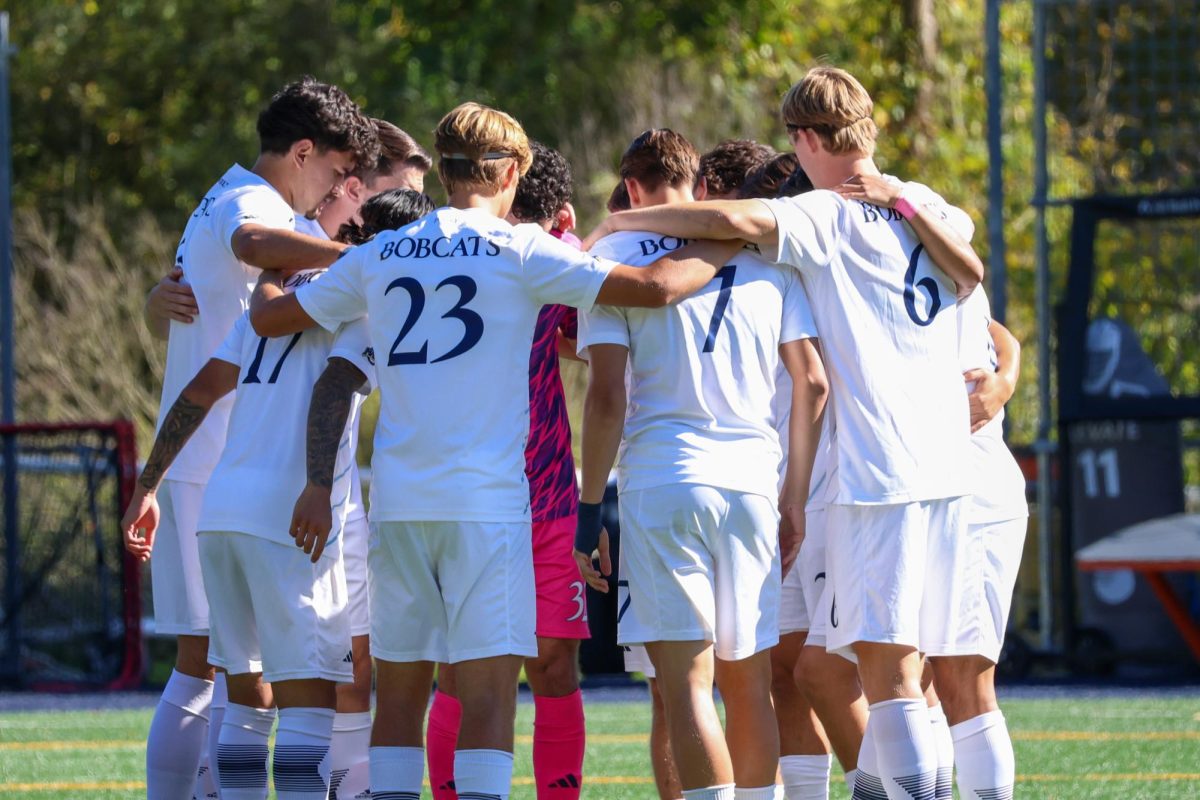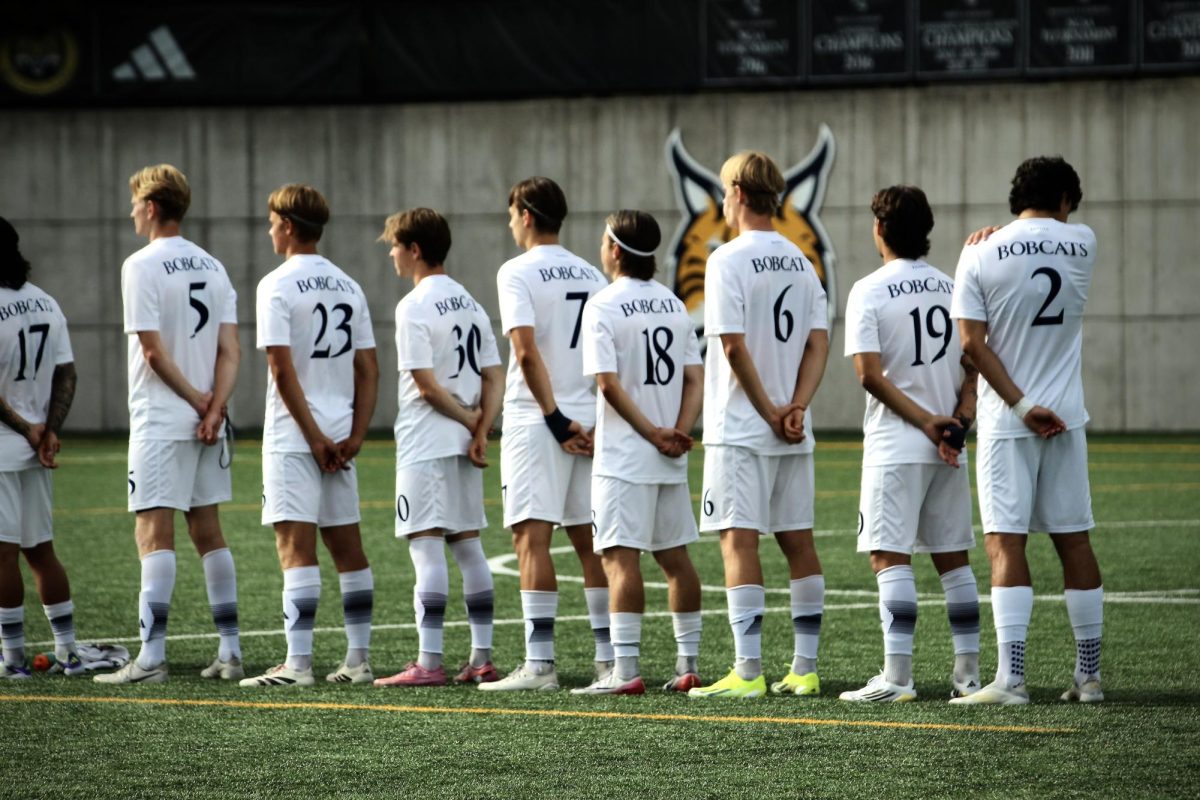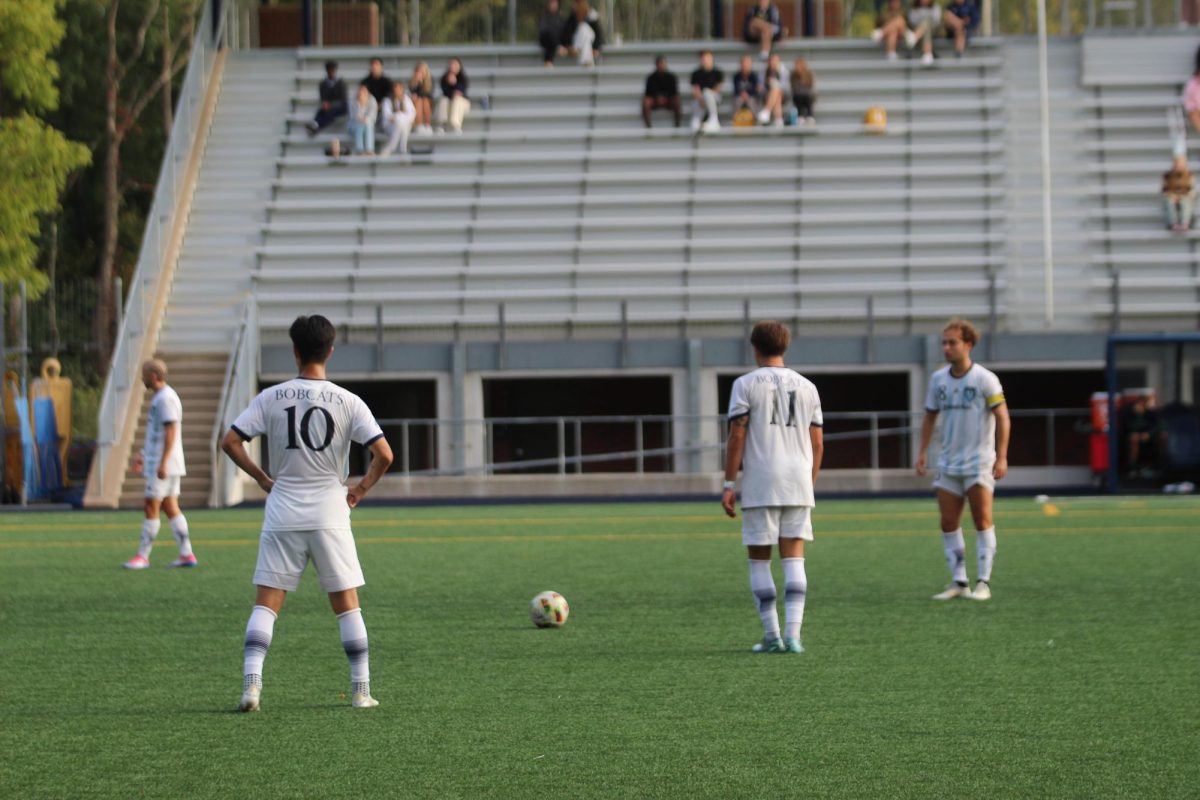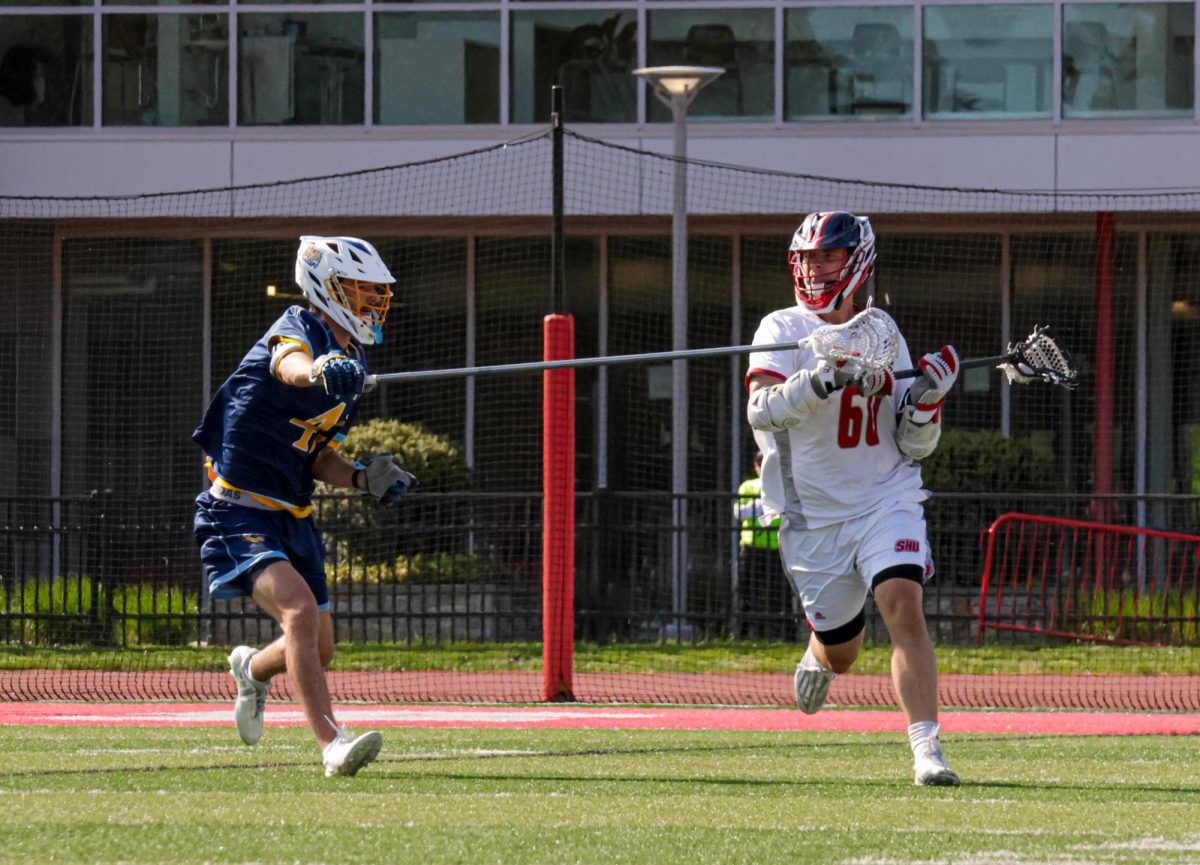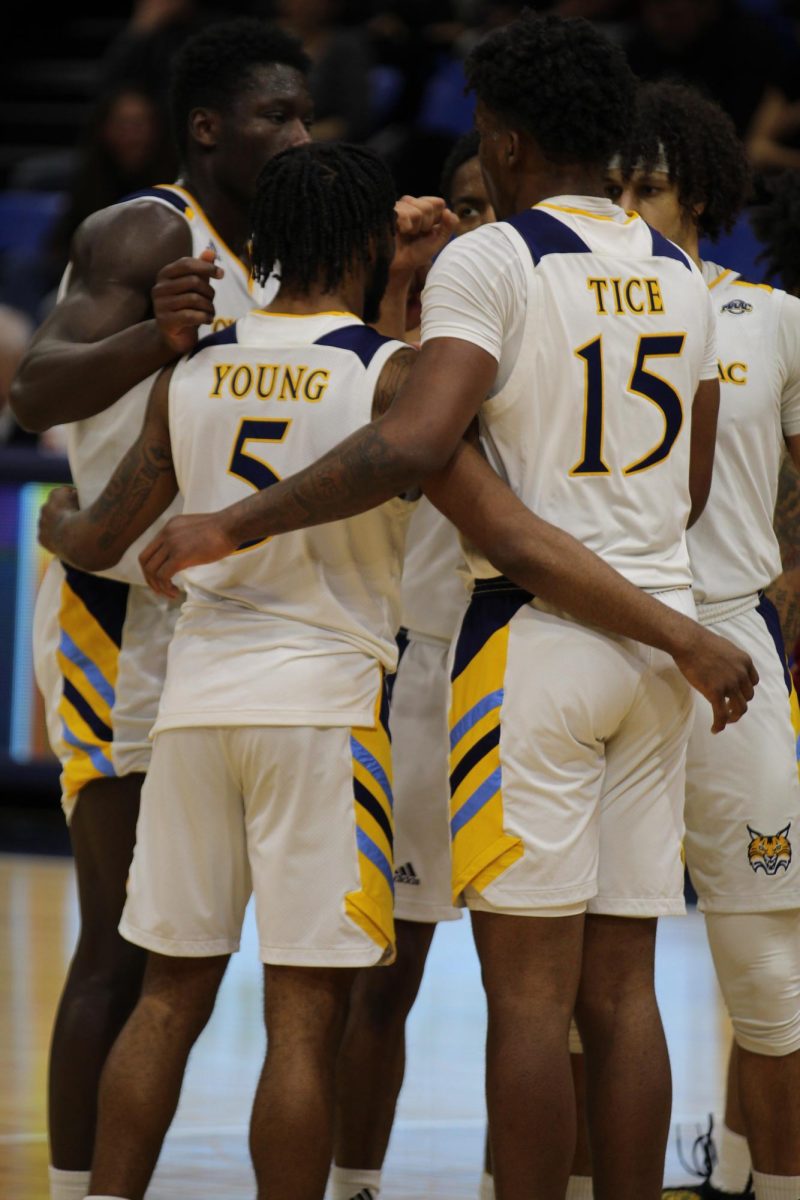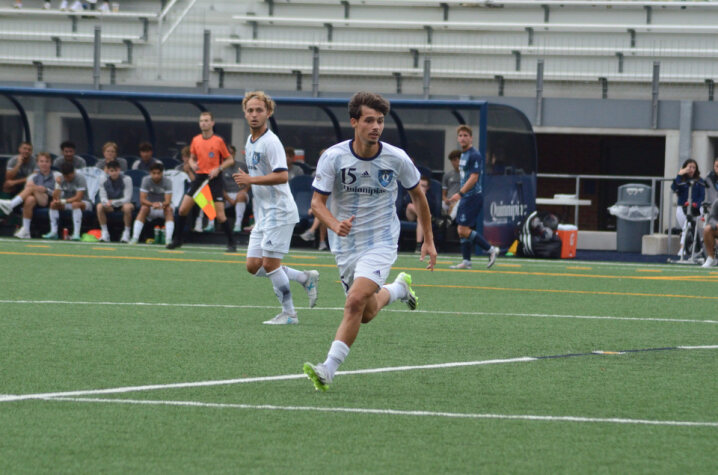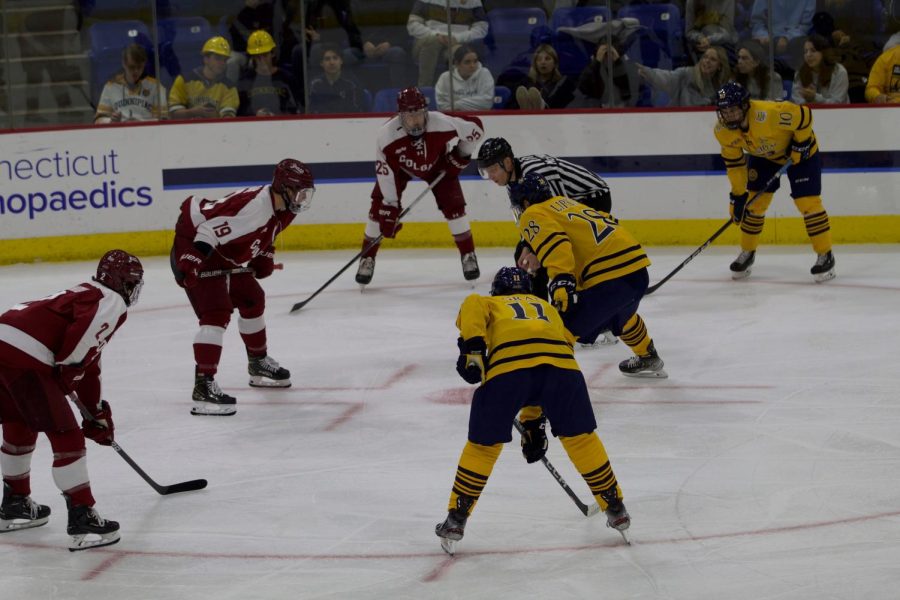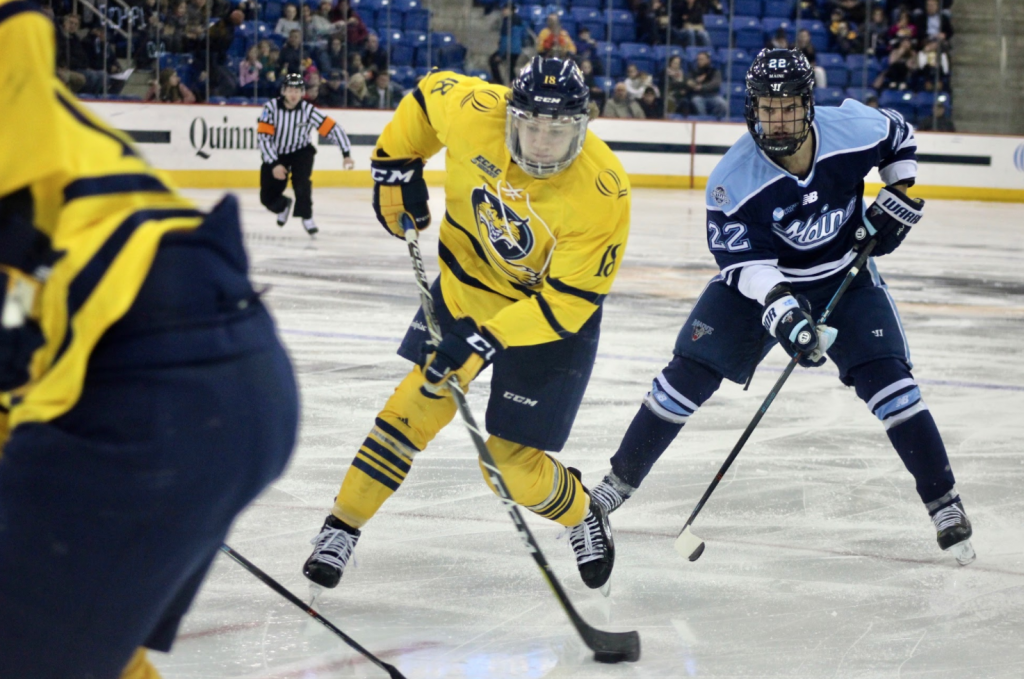
When a team is failing to put the puck in the net on a consistent basis, they will typically turn to their power play to spark something offensively. But when the power play unit fails, again and again, the offense continues to be stuck in a rut.
As is the case this year with the Quinnipiac men’s hockey team. The offense has been a struggle this year, averaging only 2.61 goals per game. Previously one of the preseason favorites to top ECAC Hockey, the lack of goal production has contributed to a below average season thus far (8-12-3 overall, 3-7-1 ECAC Hockey). A big reason for this has been the power play.
It’s no surprise that a team that has the offensive struggles Quinnipiac has also struggles on the man advantage. The Bobcats are 11 for 86 on the power play this year, only capitalizing on 12.8 percent of their opportunities, ranking second to last in ECAC Hockey. In fact, going into this past weekend, the team had gone 0-for-31 in their last eight games, the last power play goal coming on November 11 against Brown in a 5-0 victory. This includes their game against Dartmouth last Friday night, a 4-3 loss where the Bobcats were 0-5 on the power play. In a game where one goal was the difference, it was again the power play that handicapped the offense and contributed to the loss.
The thing about power plays are as much as it can deflate the team that takes the penalty, it can really hurt a team when they continue to be unsuccessful. Getting that opportunity can switch the momentum of a game. A power play goal, just like any goal, surges a team to continue to push the envelope when they score. The opposing team will be frustrated with themselves and can cause some turmoil.
However, when a defensive stand is made again and again, such as five times in a game, the momentum swings to the defending team. The attacking team will feel that frustration of not being able to take advantage of their opportunities, perhaps forcing plays or shots and not settling down in the offensive zone. Instead of jumpstarting an offense, it keeps it on the same unsuccessful path.
For most of the season, the latter has been the case for Quinnipiac. Instead of taking advantage of their chances, the struggle to put the puck in the net has continued, and the losses have piled up for this team.
But not all is lost. While the team went into the game on Saturday against Harvard having not scored in 31 power plays opportunities, they came out of the game breaking that streak. Skating to a 2-2 tie with Harvard was a huge improvement from their 6-2 loss to them previously in the year and rightfully is a very positive takeaway. Those two goals, however, both were on the power play as the Bobcats were 2-for-3 on the man advantage. Captain Chase Priskie potted one, his team-leading fourth power play goal of the year, along with Bo Pieper, his second power-play goal of the year.
This is certainly a huge positive, especially as the Bobcats are starting to look towards fighting for a top spot in the ECAC Hockey tournament. While they did not score any even-strength goals against Harvard, putting in two power-play goals against a very good Harvard penalty kill (83.3 percent, third in ECAC Hockey) is a solid turning point for them. They need to build off of this game and see what was effective for them. If the Bobcats can get their power play to produce, the offense will see a rise in production as well, and hopefully will result in a positive change in the win and loss columns.


